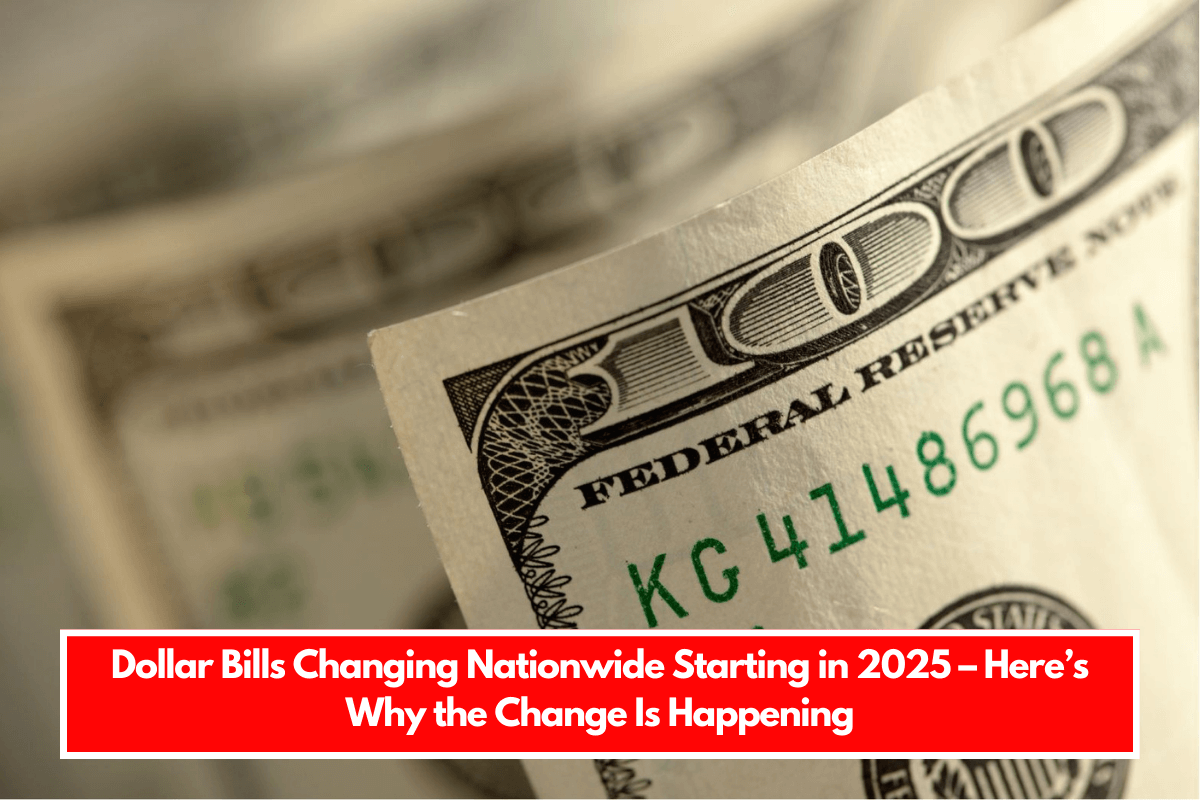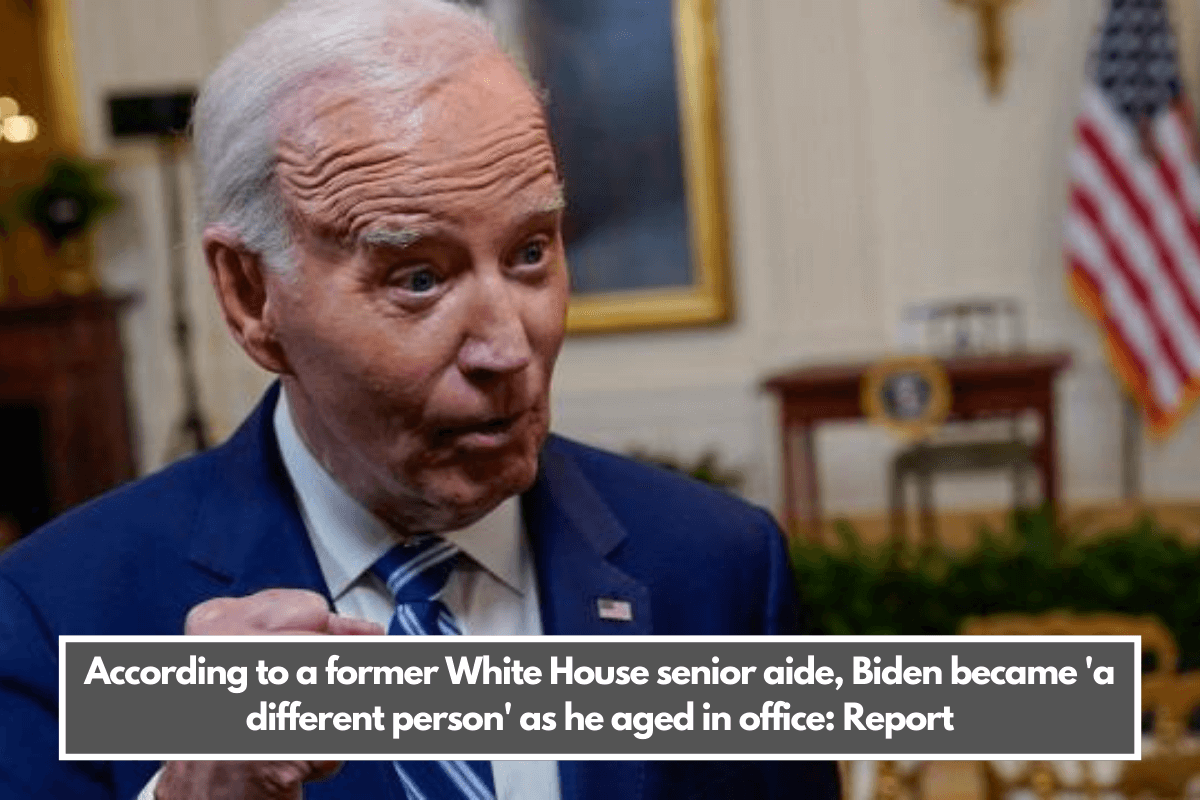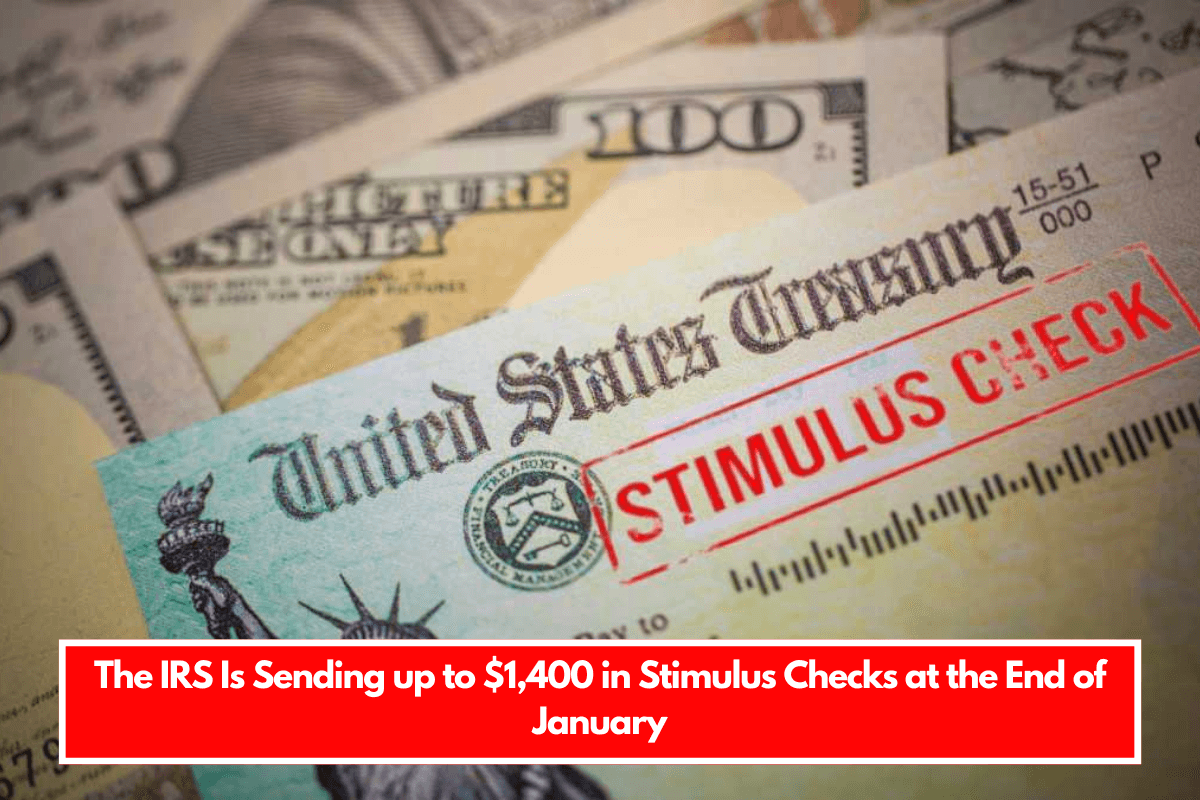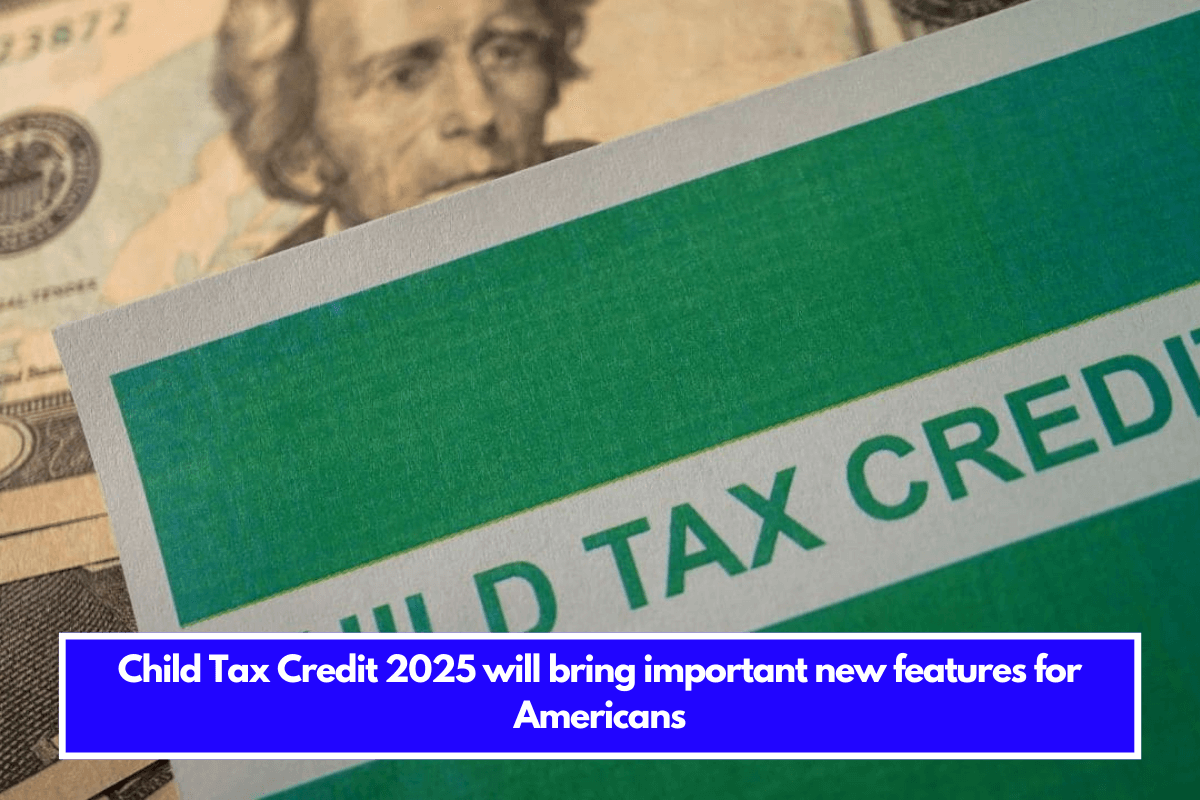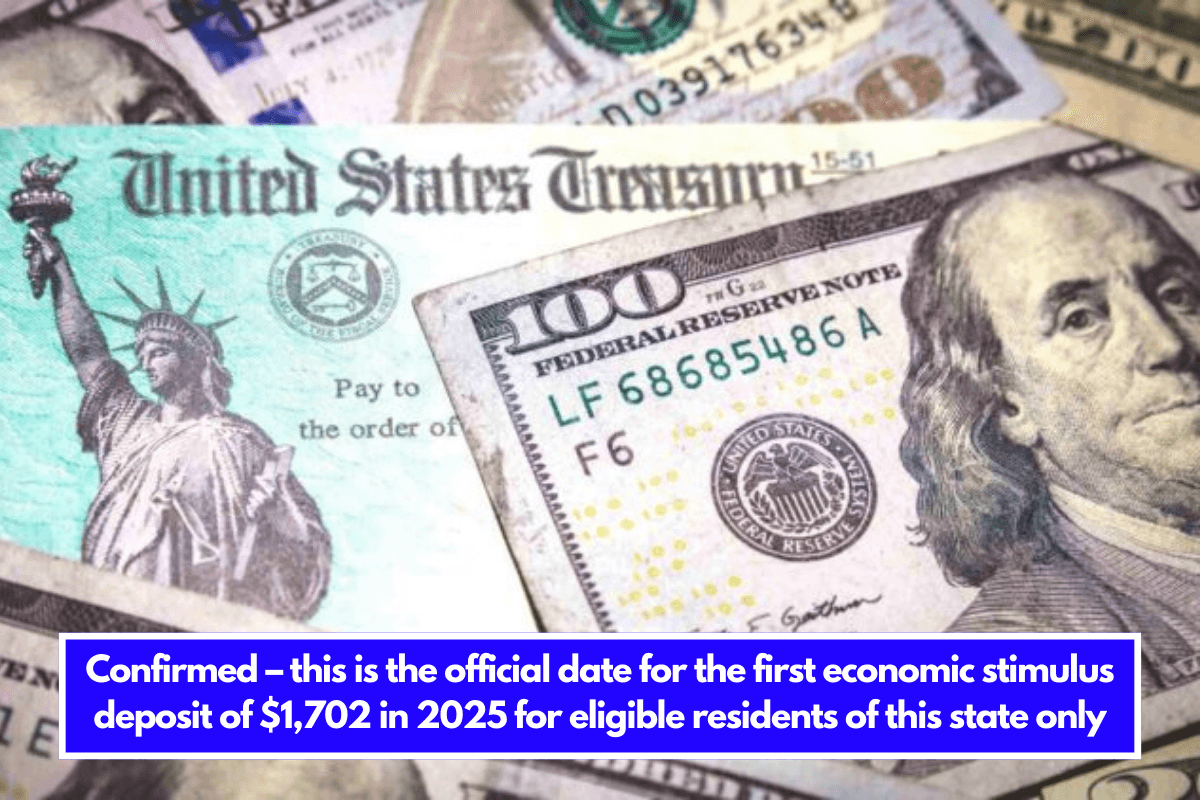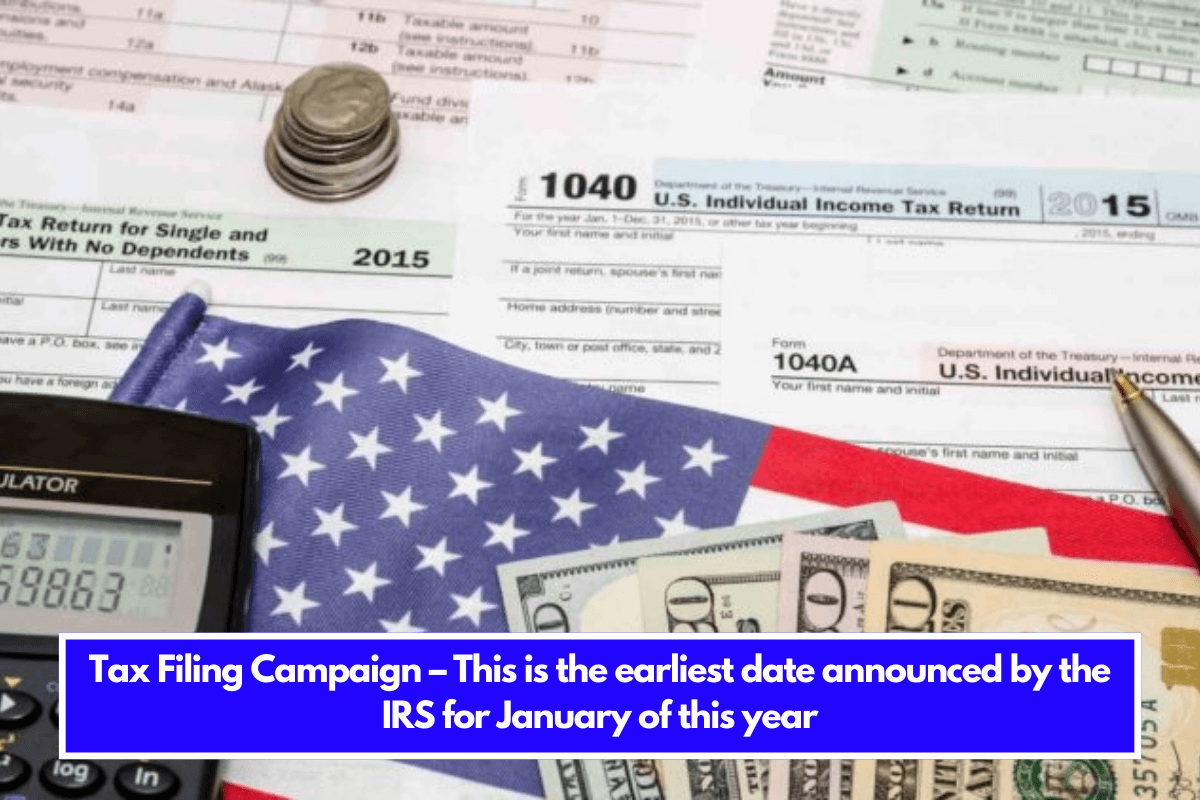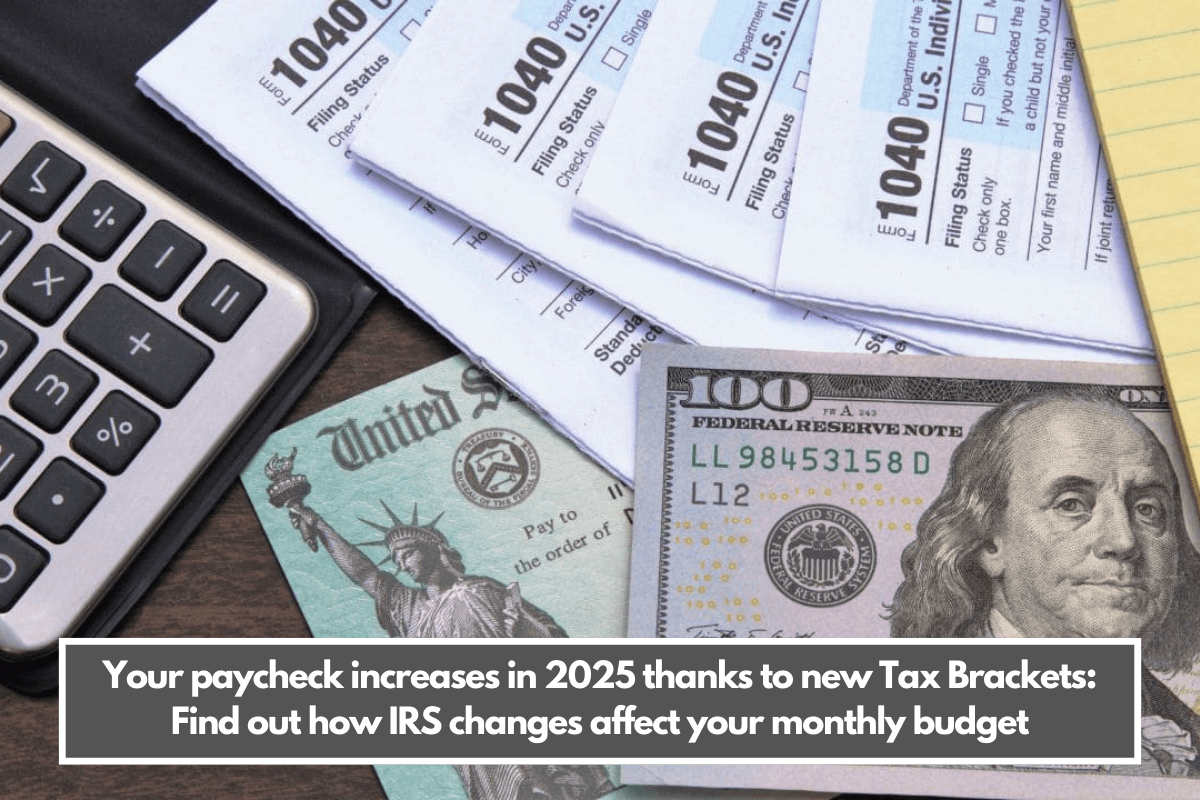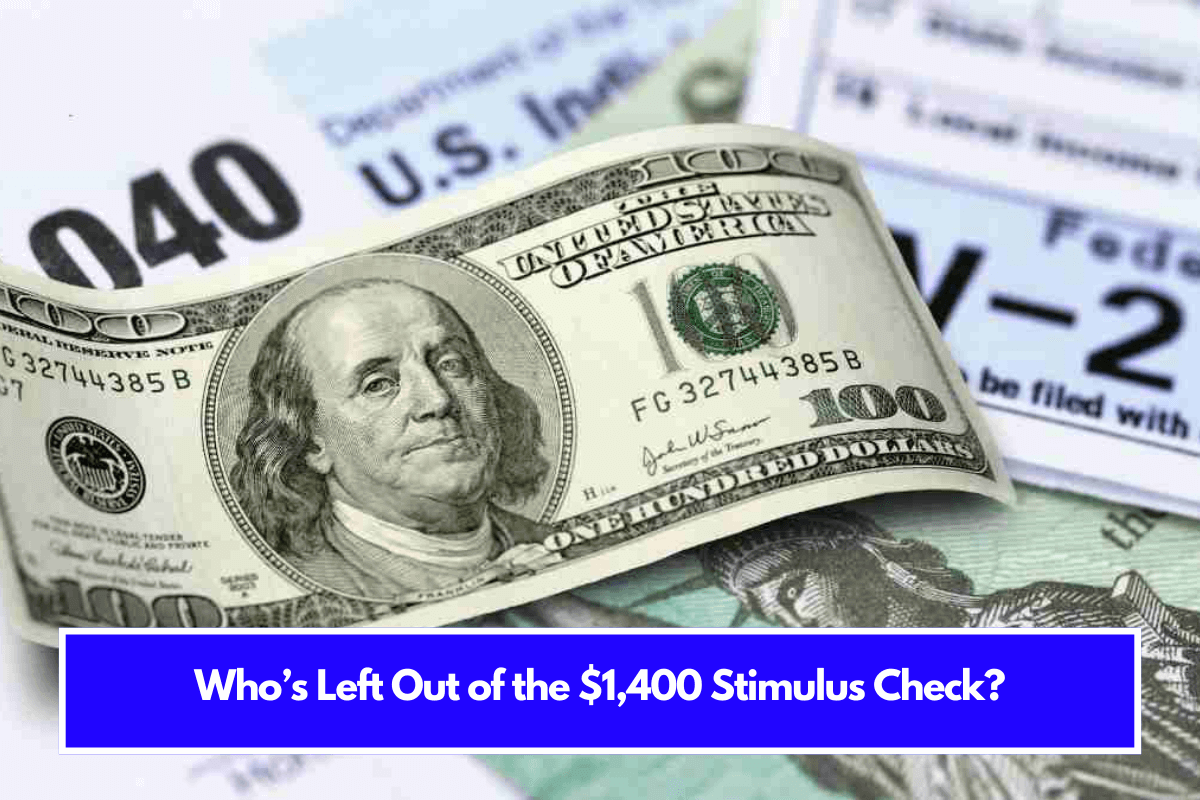Counterfeiting money has become a game among all parties concerned. Governments do their utmost to secure their currency, whereas criminals utilize technology to their advantage to outwit, not the government, but other institutions that accept currency and may not be as up to date in the security procedures in place to defend it. The US Bureau of Engraving & Printing (BEP) continuously improves US Dollar designs to prevent counterfeiting and educates businesses and consumers on how to avoid phony bills.
What to know about counterfeit bills
There are now seven denominations of US currency banknotes: $1, $2, $5, $10, $20, $50, and $100 in circulation and printing. While certain older denominations remain legal cash, they are increasingly rare and valuable in collections.
Unlike non-active legal tender notes, current bills undergo periodic destruction and redesign to prioritize security over appearance.
Redesigning security measures is a gradual process that takes more than ten years of research and development. This guarantees that retailers and financial institutions, who handle the majority of cash transactions, can account for and detect all measures.
The most recent denomination to receive a facelift was the $100 note, which was first printed on October 8, 2013, and the remaining active currency denominations will follow suit in a staggered fashion, with new releases taking place as follows: $10 (2026), $50 (2028), $20 (2030), $5 (2032), and $100 (2034)
The BEP explains that “this sequence addresses risk mitigation and counterfeiting concerns.” But no bill is totally counterfeit-proof. Stakeholders from the BEP, Federal Reserve Board, Federal Reserve System, Treasury, and US Secret Service comprise the ACD Steering Committee, which strives to make new bill designs difficult to replicate and track down counterfeits. However, with so many bills changing hands daily, this is a difficult task.
This is why education is so crucial and why the redesign process is followed by years of optimization and integration testing before being successfully put into banknotes that will be available to the general population.
Ensuring that the government has sufficient new equipment or raw materials for complete manufacturing, and managing these substances to prevent criminals from obtaining them in sufficient quantities to justify counterfeiting, takes time. The BEP emphasizes the importance of rigorous acceptance testing to ensure compliance with manufacturing and quality requirements at production levels.

The United States Department of Treasury estimates that there are around $70 million in counterfeit bills in circulation. This may be an optimistic estimate, as other analysts believe the figure is closer to $200 million, considering its global role as a reserve currency.
Finally, learn how to identify counterfeit US dollars.
- Check for color shifting ink
- Check for raised printing
- Look closely for blurry borders, printing, or text
- Look for red and blue threads in the bill
- Check the watermark
- Check for the security thread
- Check new $100’s for security ribbon
Also See:- Direct Impact of Inflation on Social Security Benefits in 2025 – Everything Retirees Need to Know

